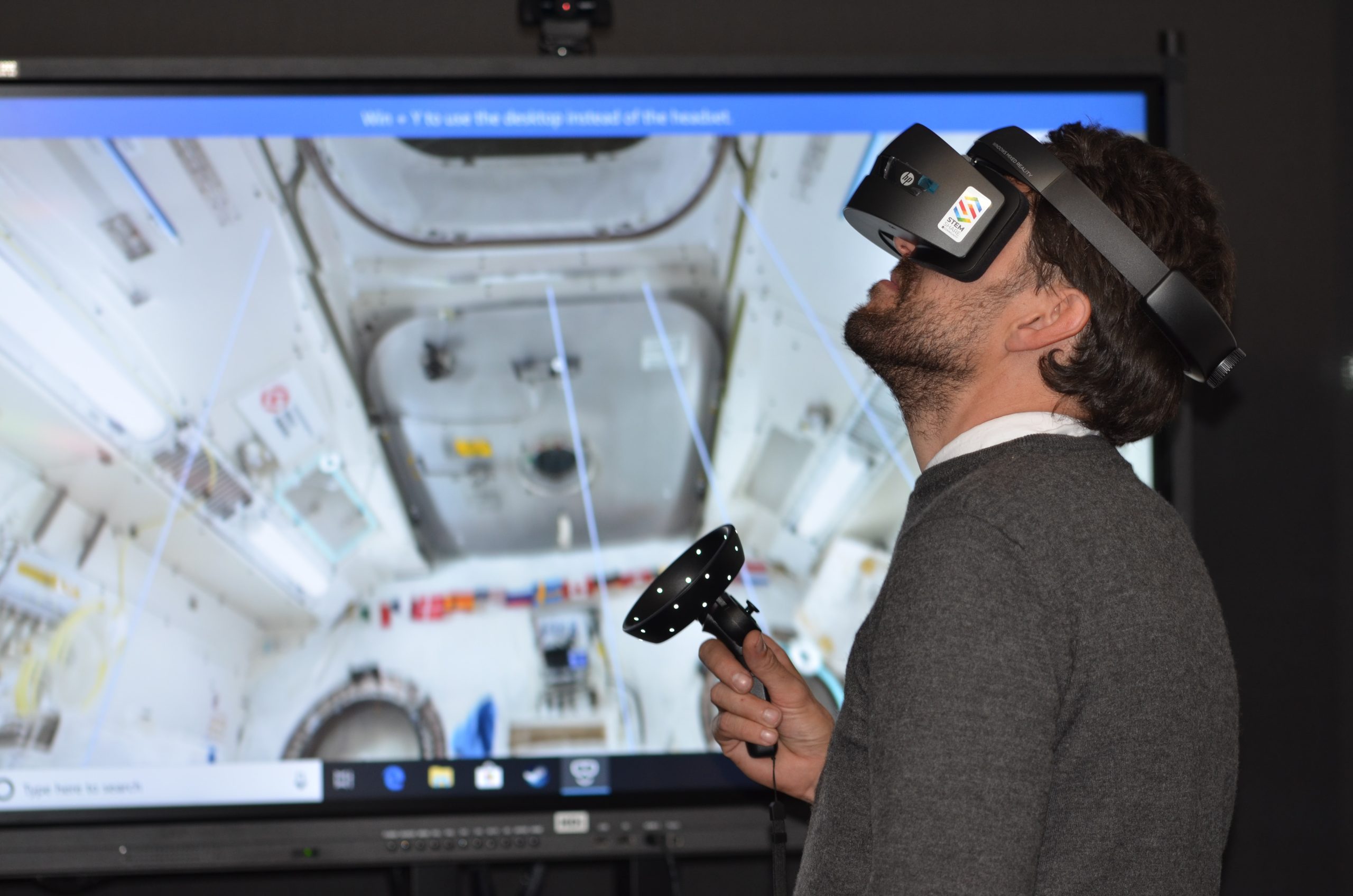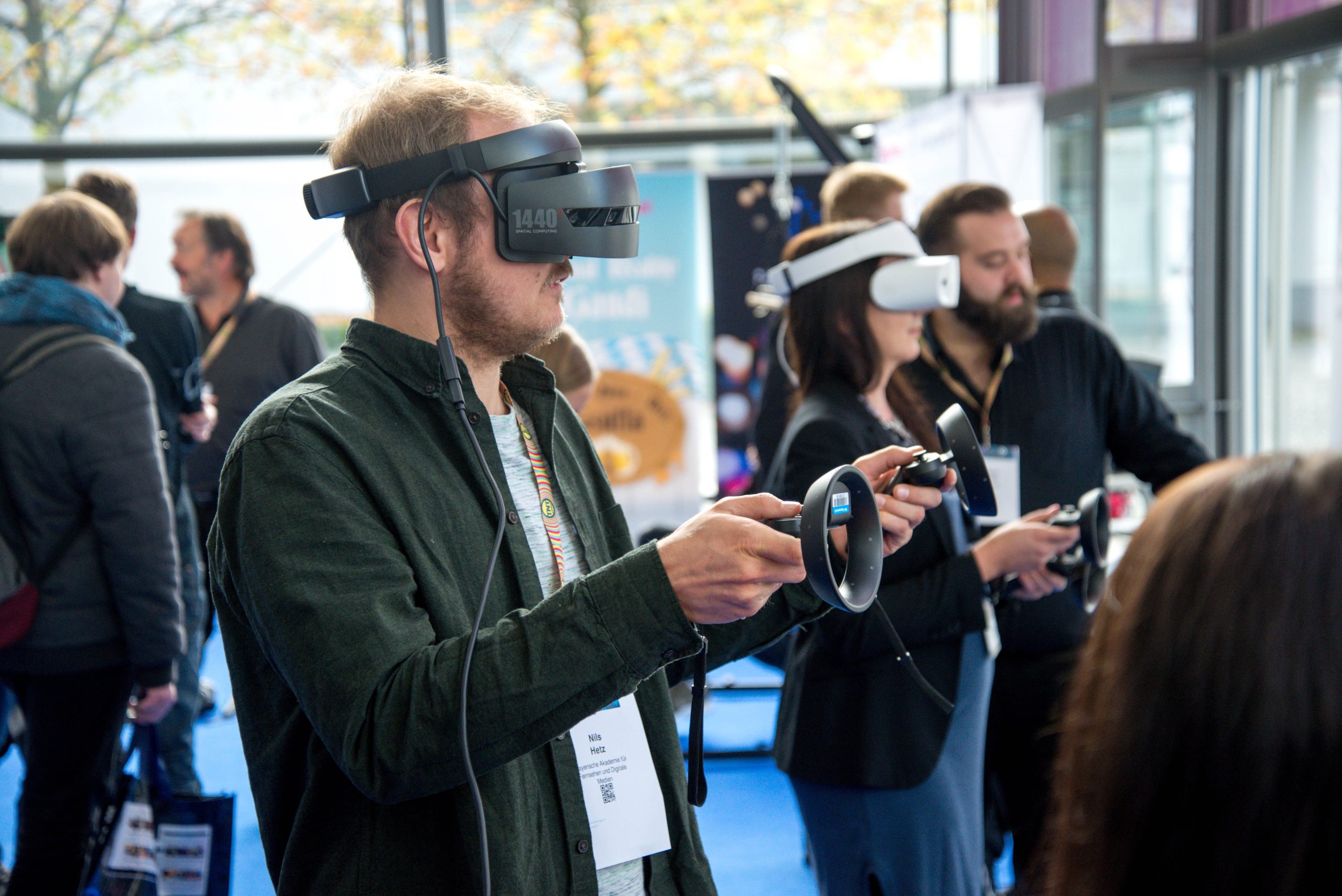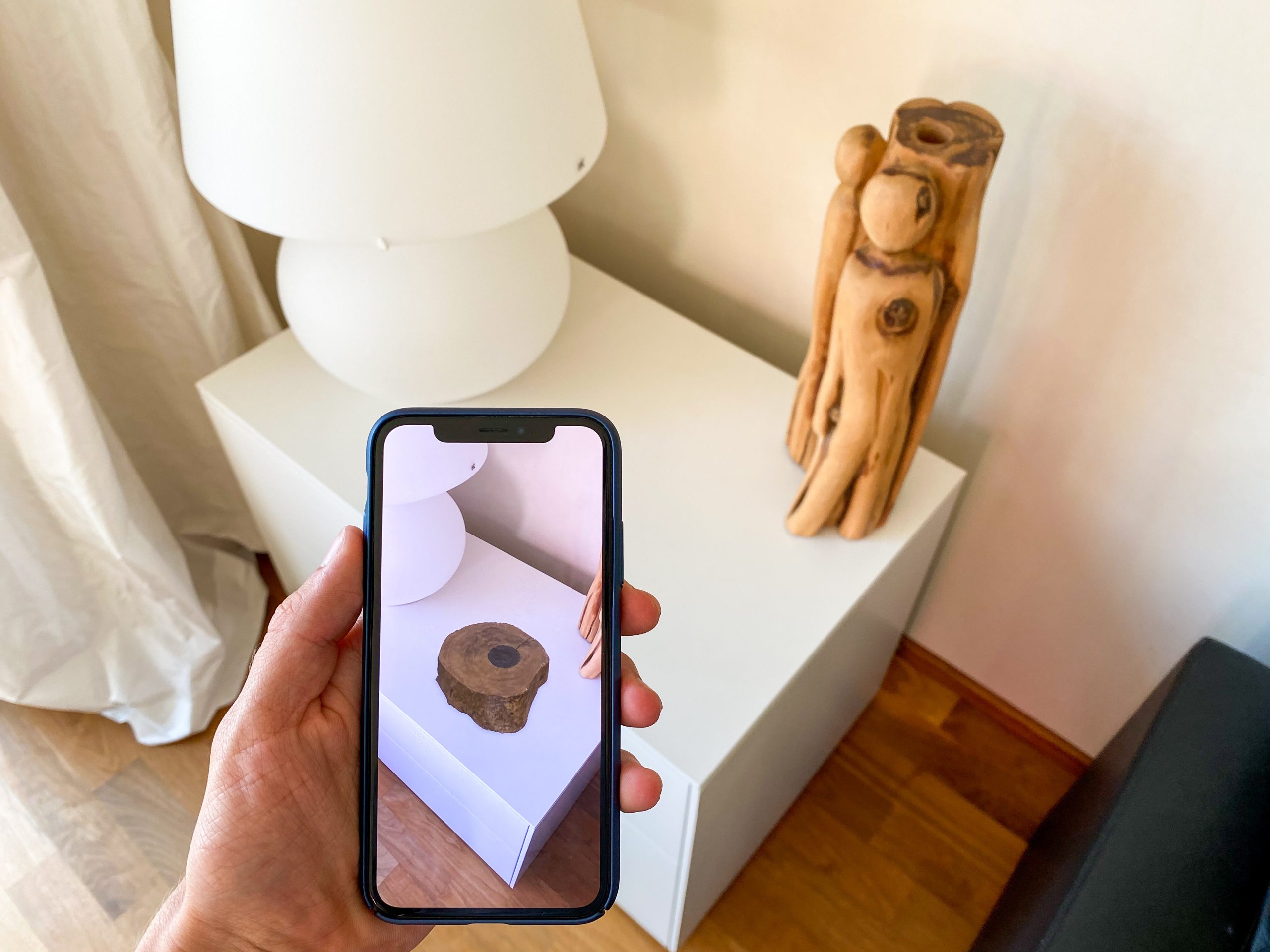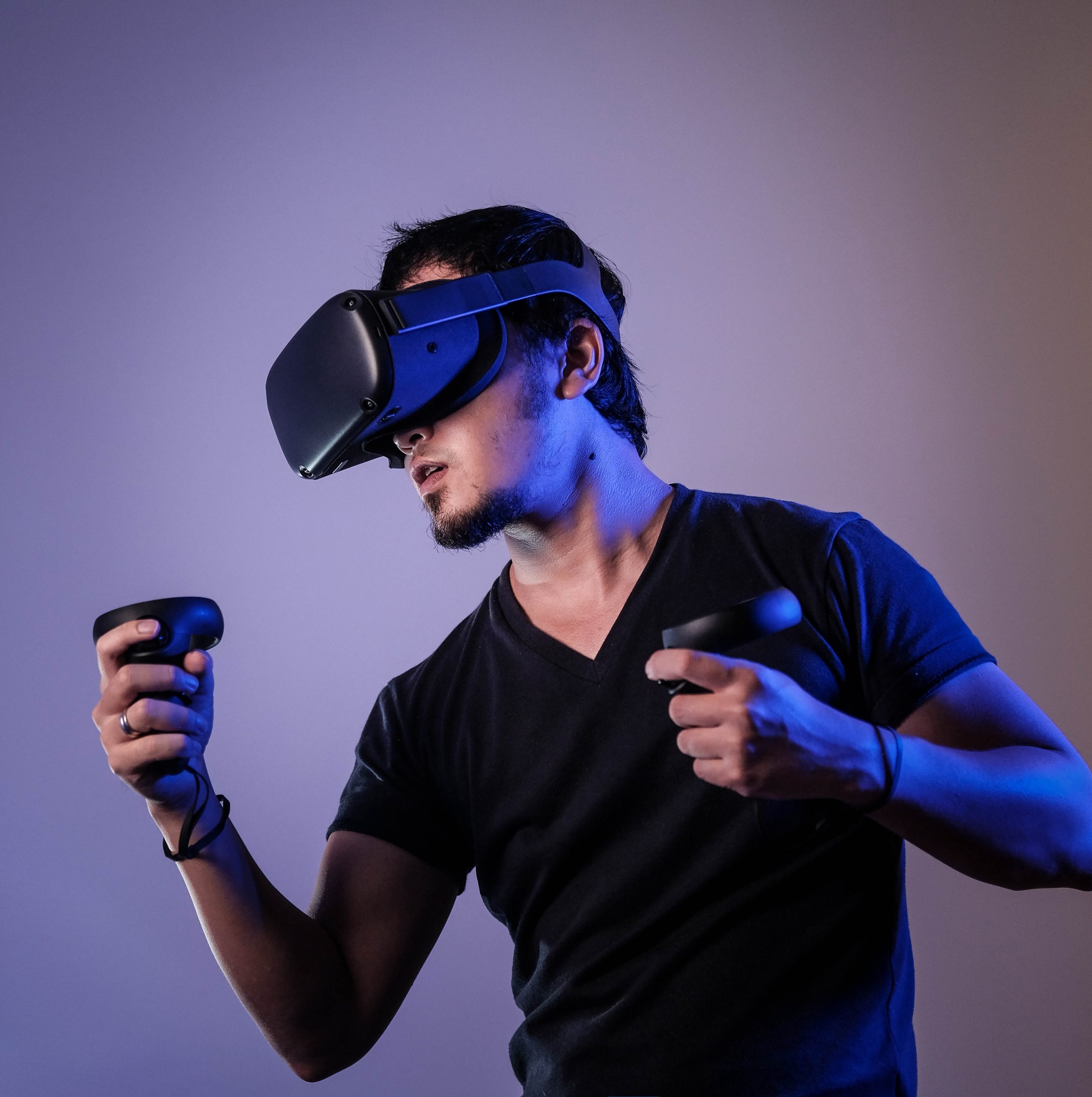Technology has been evolving at an unprecedented pace, and its impact on the marketing industry has been profound. Augmented reality (AR) and virtual reality (VR) are two technologies that have taken immersive experiences to a whole new level. These technologies allow marketers to create interactive campaigns that engage customers like never before, providing them with a unique experience that is both entertaining and informative.
Artificial intelligence (AI) is playing an increasingly important role in enhancing these immersive experiences. By leveraging AI technology, marketers can create more personalized campaigns that are tailored to individual customers’ preferences and behaviors. This article explores how AR and VR are transforming the marketing landscape, the role of AI in enhancing these technologies, and how businesses can leverage this combination for maximum impact.
Defining AR and VR in marketing
AR and VR are two buzzwords that have been making waves in the marketing industry. AR is a technology that overlays digital information onto the real world, while VR creates an entirely new digital environment for users to explore. Both technologies offer new ways for brands to engage with customers.
AR is especially popular in retail, where it allows customers to try on clothes or view furniture in their own homes before making a purchase. It can also be used to create interactive advertisements by overlaying animations or product information onto billboards or magazine ads. On the other hand, VR is particularly effective for immersive storytelling and creating unique brand experiences at events or trade shows.
However, these technologies are not just about adding bells and whistles to marketing campaigns. They provide valuable data insights into consumer behavior and preferences. By tracking how users interact with AR/VR experiences, brands can gain insights into what products or features are most popular among their target audience, allowing them to tailor future marketing efforts more effectively. In short, AR and VR offer endless possibilities for marketers looking to create memorable experiences that drive customer engagement and loyalty.
 Understanding AI in immersive experiences
Understanding AI in immersive experiences
Artificial Intelligence (AI) is revolutionizing the world of immersive experiences by making them smarter, more personalized, and engaging. In AR and VR marketing, AI algorithms can analyze user data to offer customized content that matches their preferences. This means that users get a more personalized experience, creating an emotional connection with the brand.
One of the applications of AI in AR and VR is natural language processing (NLP), which enables brands to create conversational interfaces. With NLP technology, virtual assistants can understand voice commands and engage in conversations with users. This makes it easier for marketers to deliver immersive experiences that feel more like real-life interactions.
Another way AI is enhancing immersive experiences is through machine vision. Machine vision technology allows AR and VR experiences to recognize objects in real-time, enabling brands to create interactive campaigns that respond to user actions. For example, an AR ad campaign could identify a product on a store shelf and display complementary products or promotions based on the user’s purchase history or preferences.
The benefits of AR and VR in marketing
AR and VR technologies are changing the way businesses interact with their customers. The use of these technologies in marketing has brought about numerous benefits, including increased engagement, improved customer experience, and enhanced brand recognition.
One of the most significant advantages of AR and VR in marketing is that they allow businesses to create immersive experiences for their customers. With AR, companies can overlay digital elements onto real-world objects, creating a unique interactive experience for users. Similarly, VR can transport customers to an entirely different world where they can explore products or services in a completely new way.
When integrated with event marketing software, these technologies offer real-time analytics and actionable insights, enabling businesses to enhance attendee satisfaction, improve lead generation, and deliver highly targeted campaigns. From product design to sales strategies, AR and VR offer endless possibilities for marketers looking to stay ahead of the curve in today’s dynamic market landscape.
 AI-enhanced immersive experiences examples
AI-enhanced immersive experiences examples
AI has revolutionized the way people experience immersive technologies like AR and VR. Brands are now using AI to create personalized and engaging experiences that capture users’ attention. One example of an AI-enhanced immersive experience is the Adidas Tango app, which uses AR to allow customers to interact with the brand’s products in real-time. The app uses machine learning algorithms to recognize objects in the user’s environment, such as a soccer ball or a shoe, and then overlays digital content relevant to those objects.
Another example of AI-enhanced immersive experiences is seen with Disney’s Magic Bench technology. This technology creates an augmented reality experience where users can interact with animated characters in real-time while sitting on a bench. The system uses deep learning algorithms to track user movements and gestures, allowing for a more seamless interaction between users and the virtual world.
In conclusion, AI is playing an essential role in transforming how marketers use AR/VR technologies to create more personal and interactive experiences for their audiences. By leveraging AI capabilities like machine learning algorithms, brands can deliver truly immersive experiences that engage their audience on deeper levels than ever before.
Future outlook: Advancements in AR, VR, and AI
Advancements in AR, VR, and AI are rapidly changing the landscape of marketing and advertising. With AR and VR, companies can create immersive experiences that allow consumers to interact with products in a way that was once impossible. For instance, furniture retailers can use AR to allow customers to see how a particular piece of furniture would look in their home before they make a purchase.
AI is also enhancing these immersive experiences by providing personalized recommendations based on user behavior and preferences. This means that companies can deliver more targeted content to consumers, increasing the likelihood of conversion. Furthermore, AI can assist marketers by analyzing data from customer interactions with AR and VR experiences, providing insights into what works best for different segments of customers.
As these technologies continue to evolve, we can expect even more exciting developments in the field of marketing and advertising. The rise of 5G networks will enable faster data transfer rates which will help drive innovation in this space. Additionally, advancements in hardware such as headsets and wearable devices will make it easier for consumers to access these immersive experiences from virtually anywhere. Ultimately, the future outlook for advancements in AR, VR, and AI looks very promising indeed!
 Potential challenges to consider with AI in immersive experiences
Potential challenges to consider with AI in immersive experiences
One of the potential challenges to consider with AI in immersive experiences is the risk of creating experiences that are too personalized and potentially invasive. As AI technology becomes more advanced, it will be able to gather more data about each individual user and create highly tailored experiences based on that information. While this can lead to a more engaging experience for users, it raises concerns about privacy and data security.
Another challenge is ensuring that AI-powered immersive experiences are accessible to all users. This includes considerations such as making sure the experience is compatible with various devices and platforms, accommodating users with disabilities or special needs, and ensuring that the content is culturally sensitive and inclusive. As immersive experiences become increasingly common in marketing campaigns, companies must be mindful of these issues to avoid potential backlash or exclusionary practices.
Conclusion: The impact of AI on marketing experiences
In conclusion, the integration of AI with AR and VR has created a significant impact on marketing experiences. With the help of AI algorithms, marketers can now create personalized and immersive experiences for their customers. This means that businesses can cater to individual preferences and offer unique experiences that resonate with their target audience.
One of the key benefits of using AI in AR and VR is its ability to collect data on customer behavior. This data can then be used to optimize marketing strategies and improve customer engagement. By analyzing this data, businesses can gain valuable insights into consumer behavior patterns, which they can use to tailor their offerings accordingly.
Overall, it is clear that AI will continue to play a crucial role in shaping the future of marketing experiences. As technology continues to evolve, we can expect even more innovative solutions, allowing businesses to create truly immersive and personalized experiences for their customers.



